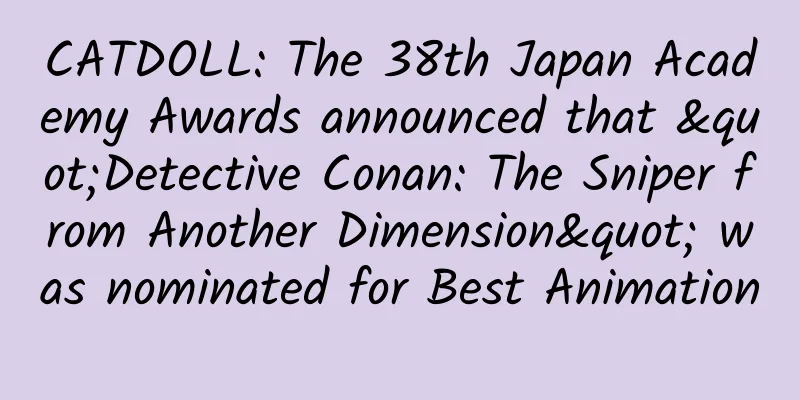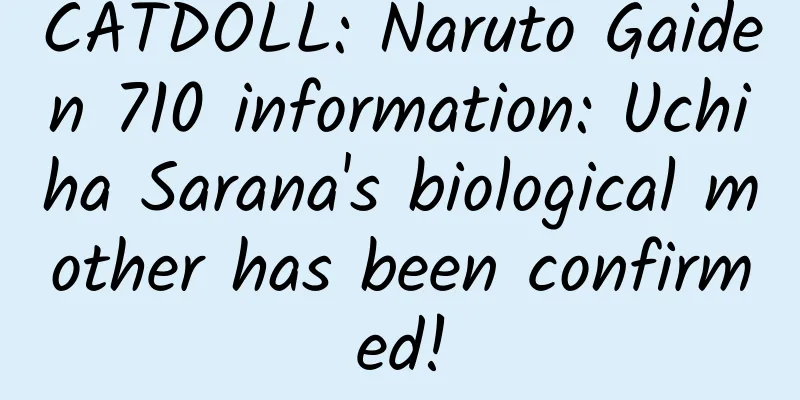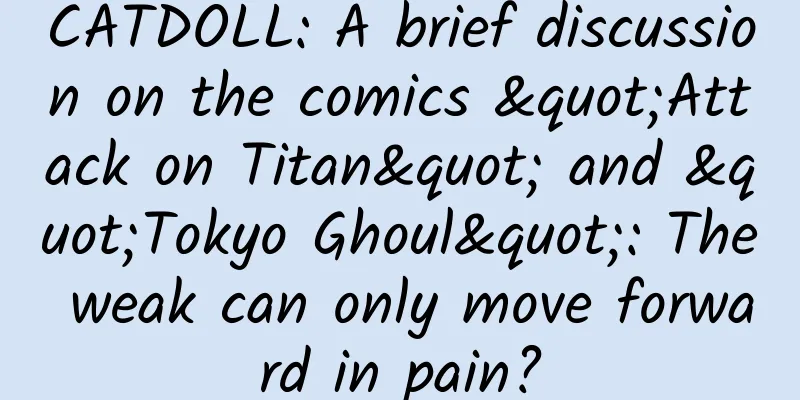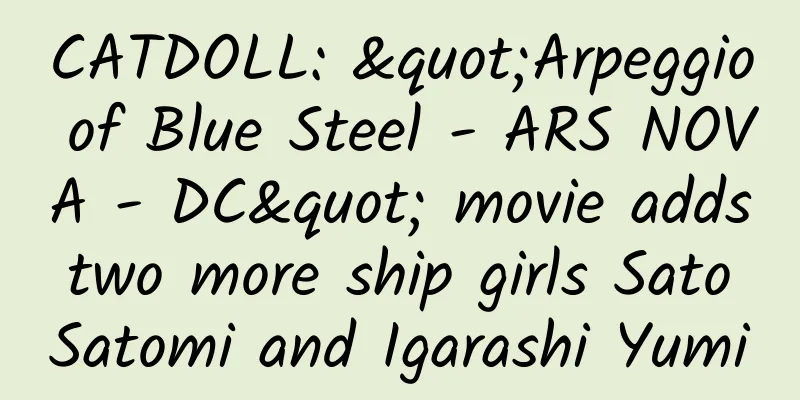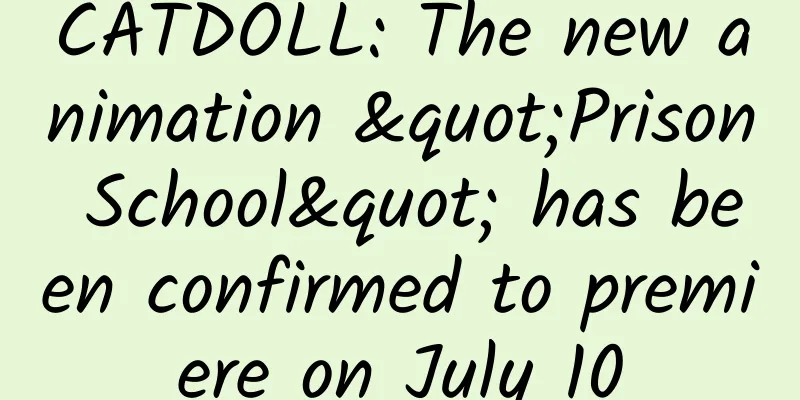CATDOLL: The deleted scenes! Amazing scenes from Big Hero 6

|
Jim Martin, a visual designer from Disney, recently published a series of concept drawings he drew for Big Hero 6 on Tumblr. Among these design drawings, a large part of them were ultimately not shown to the audience due to various reasons, but the designers still meticulously drew out the principles and renderings. Their diligence makes people feel that there is a reason why "Big Hero 6" can achieve such impressive results. For example, it’s just a simple cat. You read that right, Xiaohong’s fat cat “Nian Gao” can fly! In the original script, Hiro made Mochi a pair of "cat boots" that would allow him to fly. The principle of this pair of "cat boots" is clearly drawn. Friends who have cats at home, want to try it? Moreover, Jim even drew the crafting table where Hiro made the "cat boots"! Sadly, this scene was deleted. However, Xiaohong's "rice cake" did not fly, and this pair of "cat boots" still appeared in the laboratory of the University of Science and Technology. The camera flashed by! This "family flying car" made by Hiro and his brother Teddy also appeared in the original script of the movie. This was converted by two brothers from a supermarket shopping cart. This is a detailed design drawing. This is a 3D rendering of the “finished product”. We can also see from the exposed design drafts that the robot laboratory at the Polytechnic Institute that Teddy takes Xiaohong to is much larger and more complicated than what we see in the movie. Jim's drawing of the lab: There are far more instruments in the laboratory than those shown in the film. Jim also made separate exploded views for each instrument in the design, including those that were only used as backgrounds. For example, carbon fiber loom↓ Although this machine only appears like this in the film: There is another detail that you may not have noticed in the movie. How did a 14-year-old boy make Baymax's armor all by himself? Jim revealed the answer to us. In the original design, there was a 3D printer cabin in the laboratory of the Polytechnic University. It looks like this: Jim designed dozens of shapes for the 3D printed cabin. The internal structure of the printing cabin is also drawn: Is it complicated? But in the end, this printing chamber was just a glimpse in the panoramic view of the laboratory. Not only the interior, but also the appearance of the entire Polytechnic University laboratory has been meticulously crafted. The first one was an airplane shape: Then it became like this: Even a door has multiple versions designed. There were various versions of the academy gate, and the director finally chose the one on the lower right. This is the final result: Let’s take a look at another important scene in the movie – the laboratory that was destroyed due to the failure of the time-space teleportation experiment. The top one is a sketch of the lab. The bottom one explains how Hiro and his friends entered the lab through the ceiling. Don’t think you can cut corners on areas that the audience can’t see—drawing from just one angle is clearly not enough. This is the laboratory and orbit seen from the direction of the teleportation ring. As for the two teleportation rings, they were certainly not just two simple circles. The design of the rings also went through countless versions. Just to determine how many pieces the edge was divided into, Jim drew five design sketches. The two pictures below are the original design drawings of the ring, but both were rejected: the upper one was too futuristic, and the lower one was too industrial. Finally, this "just right" version was determined. ; In addition, in the finished film, the experimental cabin that Abigail was riding in was directly launched into the transmission ring. The initial version of the experimental module is more high-tech. It is like an elevator, with a lifting function. Abigail sits in it first, and the experimental module rises into orbit and then is launched.
Although it was not used in the end, Jim himself liked this setting very much. There are also some plots related to the story, such as Professor Callahan saying goodbye to his daughter Abigail on the eve of the experiment: Before the experiment, Abigail prepared in a "cleaning room": For various reasons, these plots did not appear in the final film. Finally, there is one more detail. If I don’t tell you, you may not notice it even if you watch it ten times. The garage door of Xiaohong's house is painted in Japanese style. Did you notice it? After reading this, are you as amazed as I am, at the fact that there are so many amazingly precise designs behind "Big Hero 6"? However, it is precisely these deliberate designs that make the whole film so exciting and beautiful! Salute to seriousness! |
>>: CATDOLL: Spring new series "Blood Blockade Battlefront" broadcast date decided
Recommend
CATDOLL: "Mobile Suit Gundam: Iron-Blooded Orphans" Second Animation Episode 7 Preview Picture Sirius rushes to the battlefield
The preview image of the 7th episode of the secon...
CATDOLL: My Wife is the Student Council President Season 2 is set to be released in October this year
The new instant noodle animation "My Wife is...
CATDOLL: Nisio Isin's "The Story of a Genius Girl" OVA Animation PV
The Japanese light novelist Nisio Isin's &quo...
CATDOLL: The second season of the animation "My Hero Academia" will be released
My Hero Academia, which Shueisha had high hopes f...
CATDOLL: TV animation "Noragami" second season broadcast decision commemorative promotional PV released
The second season of the TV anime "Noragami&...
CATDOLL: Retro animation "Domain Gauge D" PV released
The new anime that will be released in January 20...
CATDOLL: "I am the spokesperson for the toilet" Captain Levi becomes a bathroom renovation promoter
The animated work "Attack on Titan", ad...
CATDOLL: Additional character designs for "Yuuki Yuna is a Brave: Washio Sumi's Chapter" announced
The latest theatrical version of "Yuki Yuna ...
CATDOLL: The domestic animation "Hero" has a high-energy ending and new foreshadowings that have sparked heated discussions
The original October new series "Heroes of t...
CATDOLL: 12 new characters appear in the animation "Danganronpa 3: The End of Hope's Peak Academy"
The TV animation "Danganronpa", adapted...
CATDOLL: "Detective Conan" has a surprising plot that has sparked heated discussions among netizens: Newton died with his eyes open
"Detective Conan: Sunflowers of Inferno"...
CATDOLL: The second season of the new anime "Food Wars!: Shokugeki no Soma" will be aired in July 2016
After the production decision of the second seaso...
CATDOLL: New animation project? Mysterious countdown website appears
Today, one of the sponsors of the animation, PONY...
CATDOLL: Anime Starry Sky Evening News: Voice actor Shiraishi Minoru downloaded the C89 book and cosplayed the newcomer before registering for marriage
Good evening, everyone. Recently, a couple in Bei...
CATDOLL: Japanese media released the ranking of the first episodes of new April series. "The Heroic Legend of Arslan" beat "FATE" to win the championship
Now that the April anime has started airing one a...


